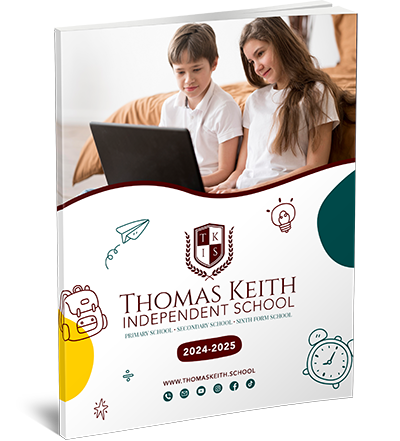KS2 Music Curriculum
KS2 Music Curriculum
The Key Stage 2 (KS2) music curriculum introduces students to music appreciation, performance, and composition. It is a core part of the national curriculum in England, ensuring that children aged 7 to 11 develop musical knowledge and skills.
What Is the KS2 Music Curriculum?
The KS2 music curriculum focuses on helping students:
- Listen to Music: Students learn to appreciate a variety of musical genres, identifying instruments, rhythms, and styles.
- Perform Music: Pupils practise singing, playing instruments, and performing individually or as part of a group.
- Compose Music: Children are encouraged to create melodies and experiment with sounds.
- Understand Music: They study the basics of musical notation, rhythm, and pitch.
These components ensure that children build a foundation in music and enhance their creative abilities.
![]()
Key Objectives of the KS2 Music Curriculum
1. Singing and Vocal Skills
- Pupils are taught to sing in tune with control and expression.
- They practise harmonies and learn to sing in rounds.
2. Instrumental Skills
- Students use classroom instruments like recorders, ukuleles, and percussion.
- They learn basic instrumental techniques and ensemble performance.
3. Listening and Appraising
- Children explore classical, folk, and world music.
- They describe music using terms like tempo, dynamics, and pitch.
4. Composition
- Pupils create original music, using both traditional instruments and digital tools.
- They explore structure and patterns in their compositions.
5. Musical Notation
- Students are introduced to basic notation, including reading and writing rhythms and melodies.
How Is Music Taught at KS2?
Music lessons are typically hands-on and interactive. They often include:
- Group singing sessions.
- Instrument practice.
- Collaborative composition projects.
- Listening to and discussing different types of music.
Many schools integrate music with other subjects, such as history or English, to enhance learning. For example, pupils may study traditional music from historical periods.
Example: Thomas Keith Online Independent School
Thomas Keith Online Independent School provides a modern approach to KS2 music education. Through its online platform, students can:
- Access interactive music lessons with professional instructors.
- Learn to play instruments virtually, guided by expert tutorials.
- Engage with digital tools for composition and notation.
- Join online choir and ensemble performances.
The school ensures that students gain the same level of musical knowledge and skills as they would in a traditional classroom, tailored to online learning.
Why Is Music Important in KS2?
Music helps children:
- Develop creativity and confidence.
- Enhance memory and concentration.
- Work collaboratively with peers.
- Appreciate cultural diversity.
![]()
FAQs
What instruments are taught at KS2?
KS2 students typically learn basic instruments such as recorders, ukuleles, and percussion. Schools may also offer additional options like keyboards or guitars.
Do students need prior knowledge to study KS2 music?
No prior knowledge is required. The curriculum is designed to accommodate beginners while challenging advanced learners.
Can KS2 music be taught online?
Yes. Schools like Thomas Keith Online Independent School offer effective online music lessons, ensuring comprehensive musical education.




